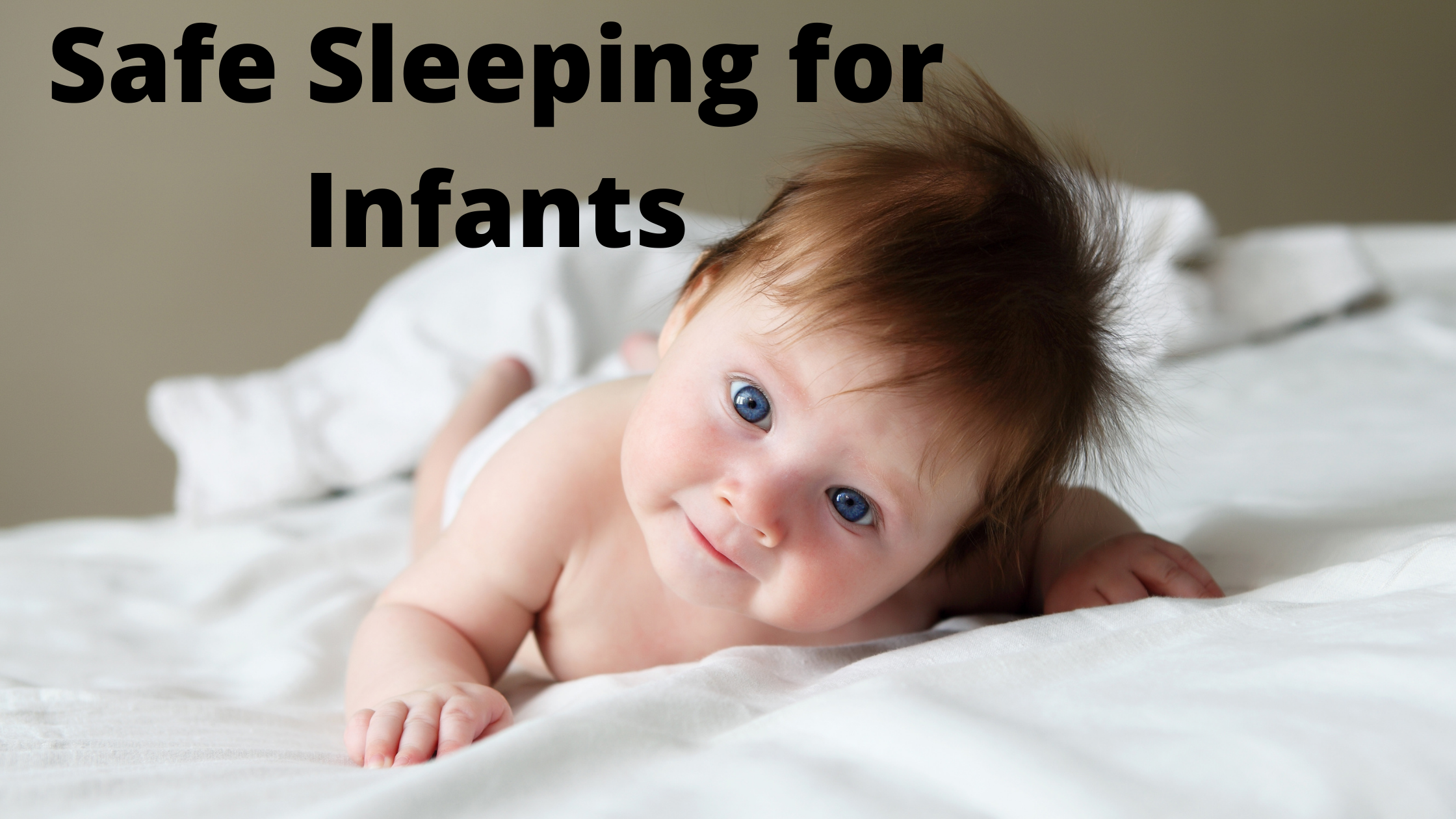
Infants require the most sleep out of anyone, sleeping on average 14-17 hours. Some even reach as many as 18 or 19 hours a day, waking up every couple of hours to eat. As much as they sleep and as small and fragile as their bodies are, this puts infants at higher risk for SIDS - sudden infant death syndrome. It's important that you are aware of what safe sleeping looks like for infants and how you can make sure that your baby gets as much sleep as they need while maintaining optimal safety.
What is SIDS?
SIDS is an unexplained death that normally happens during sleep. The cause of it is unknown, and it happens in a seemingly healthy baby who is less than one year old. SIDS is also known as crib death because often, these infants die in their cribs. Although the cause of SIDS is unknown, it appears to be associated with defects in the portion of an infant's brain that controls breathing and arousal from sleep.
Causes of SIDS
Although it is still unknown what causes SIDS, some physical and environmental sleep factors could potentially lead to SIDS. Brain defects, as mentioned previously, happen when there is a problem in the brain that makes them more likely to die from SIDS. The portion of the brain that controls breathing and arousal from sleep hasn't matured yet and doesn't work properly.
A low birth weight can also be associated with SIDS. Premature birth or being part of a multiple birth increases the likelihood that the baby's brain hasn't matured all the way. This means that they have a higher likelihood of having less control over the automatic processes like breathing and heart rate.
Respiratory infection is another association with SIDS. Babies who have recently had a cold may experience breathing problems, which can cause a lack of oxygen to be able to reach the baby's brain, resulting in death.
There are a few environmental factors that can influence the development of SIDS. Babies who are placed on their stomachs or sides may have trouble breathing compared to those who are placed on their backs. Also, sleeping on a soft surface or lying face down on a fluffy comforter, soft mattress, or waterbed can block the infant's airway.
Although it may be more convenient for infants to sleep in the same bed, sharing a bed with them increases the risk for SIDS. This can also lead to overheating, which, too, can increase a baby's risk of SIDS.
How to prevent SIDS
There is no guaranteed way to prevent SIDS, but there are ways to help improve the safety of your baby, including:
- Back sleeping - place your baby to sleep on their back rather than on the stomach or side for the first year of life, especially before babies can roll over both ways without help.
- Bare crib - use a firm mattress and avoid placing your baby on thick, fluffy padding. Don't leave pillows, fluffy toys, or stuffed animals in the crib or anything that can interfere with your baby's ability to breathe.
- Cool sleeping area - Don't overheat your baby. To keep them warm, use a sleep sack or other sleep clothing that doesn't require additional covers, and don't cover your baby's head.
- Have your baby in your room - have the baby sleep in your room for at least the first six months, if possible. Adult beds aren't safe for infants, but you can keep them in the same room in a bassinet or other structure designed for infant sleep. This makes it easier to monitor their breathing and hear if anything is awry.
https://www.mayoclinic.org/diseases-conditions/sudden-infant-death-syndrome/symptoms-causes/syc-20352800

